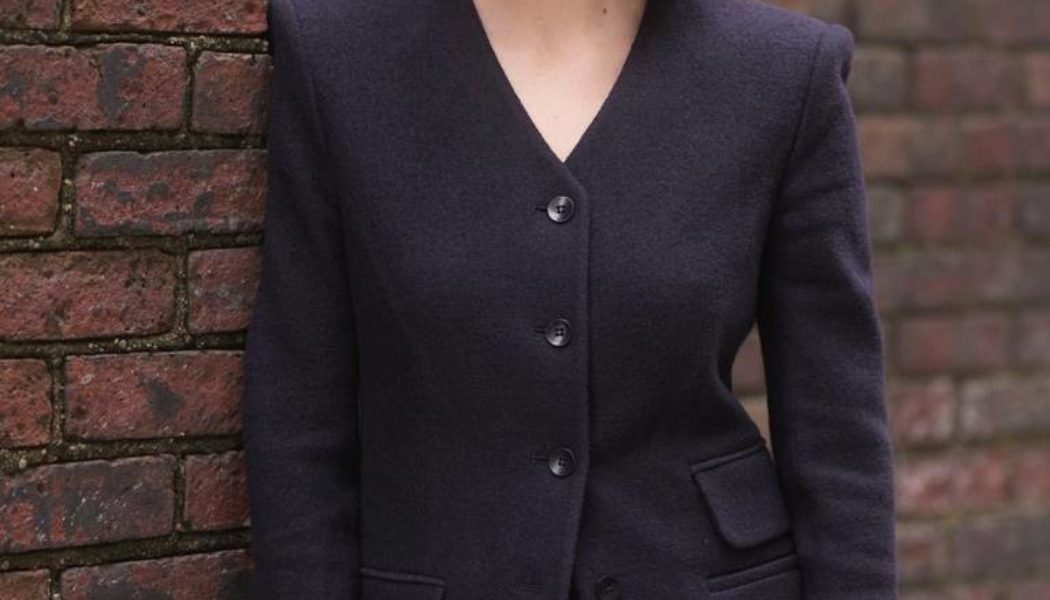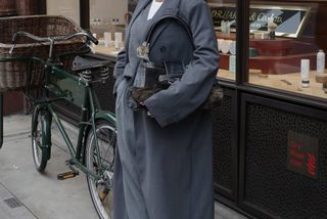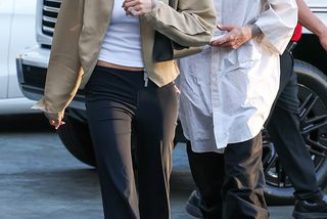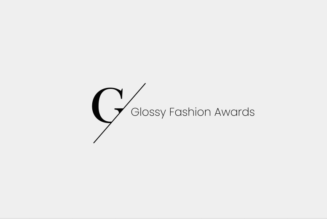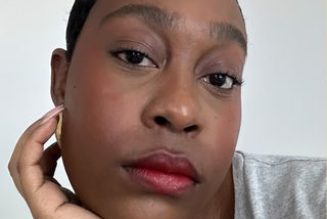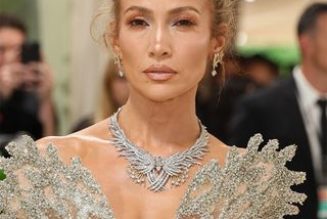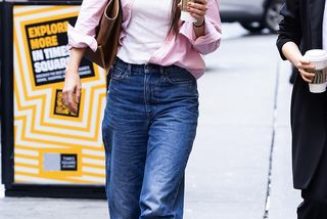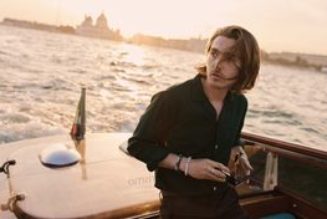Since its inception in 1970, international Modern and contemporary art fair Art Basel has evolved in its bid to unite and connect different facets of the global art community. Founded by three Swiss gallerists — Ernst Beyeler, Trudl Bruckner and Balz Hilt — the fair today is a global leader with four international shows in Switzerland’s Basel, Miami Beach, Hong Kong and, since 2022, Paris.
For luxury fashion, courting the contemporary art customer could provide access to a cohort whose spending appears to be less impacted by rising living costs. According to the 2023 Art Basel and UBS Survey of Global Collecting, the median expenditure on fine art and antiques by collectors surveyed across 11 markets worldwide reached $65,000 in the first half of this year, up by 19 percent on 2021.
High-net-worth spending remained consistent in the first half of 2023, signalling another potential year-on-year increase with 77 percent of collectors interviewed forecasting confidence in the market’s performance over the next six months.
Art Basel is doubling down on its partnerships with luxury brands and looking to expand its influence within adjacent creative industries too. Its upcoming Art Basel Miami Beach 2023 show will see UBS, Louis Vuitton, Audemars Piguet and Tribeca Festival among its partners. However, effectively collaborating with the fine art community requires a nuanced understanding of the market.
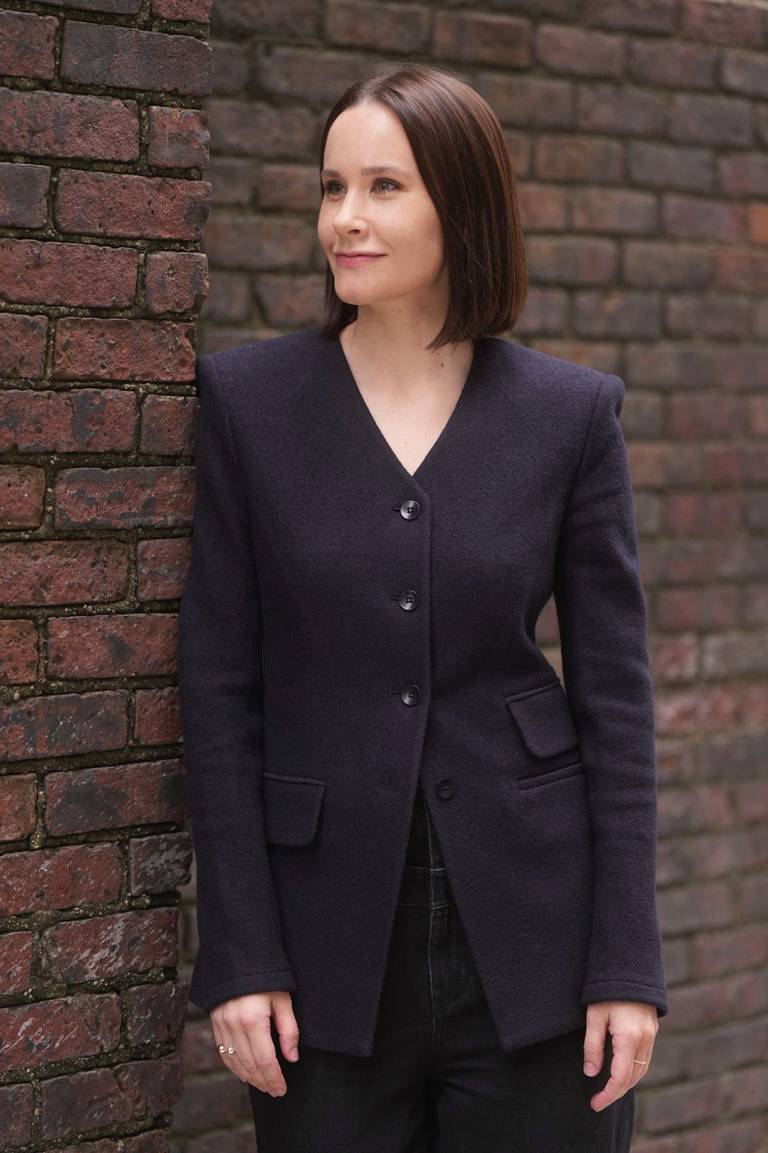
Ahead of the Miami Beach show, which will play host to 277 exhibitors showing over a five-day event, BoF sits down with Art Basel’s global head of partnerships, Melissa Netecke, to discuss the evolution of the art fair, insight into ultra-high-net-worth consumers and how best to utilise the fair as a cultural conduit between art and luxury fashion.
What can luxury brands learn from the art world?
Fashion and luxury move quickly. There’s always a new trend, a new cycle. It’s hard for brands to keep up with the constant demand that exists season after season. However, the art world is very good at anticipating what’s next — whether in certain artistic media or creative practices, or in the pursuit of the next generation of artists.
But beyond novelty, the art space is concerned with building and establishing careers of creatives over the long term. That longer view ties into how we at Art Basel approach partnerships. This isn’t a space for opportunistic stunt partnerships: we are here for brands that want to be legitimate in the space — and that takes commitment.
Additionally, the art world can offer luxury an opportunity to convey its cultural relevance. Artists work in response and in relation to their cultural context, responding to the social and political events around them. For brands, meaningful collaboration in the arts can connect them to individuals who are shaping culture, offering knowledge and perspective to, in turn, build brand relevance.
How can brands meaningfully contribute to the art community?
Having been with Art Basel for more than nine years, I have seen so much reinvention and creativity from our brand partners, particularly post-pandemic, when it felt like everyone wanted to fundamentally change their approach. There is a real break from traditional brand experiences — hospitality lounges and poolside parties — and a new focus on experiences which haven’t been done before.
To meaningfully contribute, luxury and fashion players should ask themselves: ‘What is the long-term legacy of this project?’
For instance, this year we launched, in collaboration with Audemars Piguet, a new partnership concept called Rendez-Vous, which provides handpicked guests invite-only access to an immersive cultural programme, uniting art, music and gastronomy in unique locations during our show.
To meaningfully contribute, luxury and fashion players should ask themselves: “What is the long-term legacy of this project? Does it have a life afterwards? Does it empower an artist to create new work or provide a platform for their discovery among new audiences?”
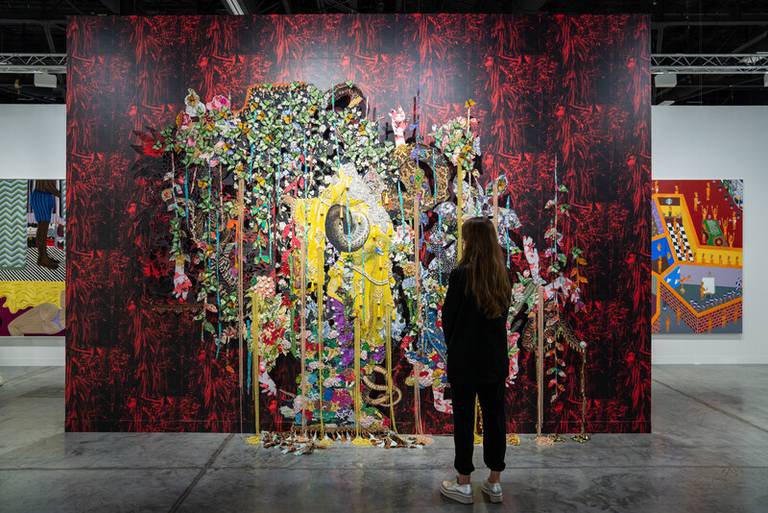
Artists are also sensitive to marketing gimmicks — they want to see real intention from a brand and a genuine desire from the brand to offer and support creative freedom, knowing they are not being used for quick marketing gain. We aim to work nine to 12 months in advance with our partners, using the time to help with ideation and to activate our network of leading artists, galleries, collectors and curators.
How can brands attract the attention of ultra-high-net-worth individuals in the art space?
Art Basel caters to top collectors and cultural leaders worldwide — we welcome thousands of collectors who spend six to seven figures per year on art and advisors who strongly influence the buying behaviours of their clients. For more than 50 years, we have worked to act as a signifier of quality for the ultra-high-net-worth (UHNW) collector. That trust is critical and has to be built up over time — we work closely with our partners to show our expertise in this space and help to build loyalty with this audience.
From my view, the best way for brands to capture the attention of the UHNWI in the arts is through a commitment — no serious creative collaboration can be a last-minute marketing play. The project needs to have a legacy. There is little point in a poolside party, without purpose, when nobody remembers it soon after.
Trust is critical and has to be built up over time.
That said, Art Basel does attract a wider audience than solely ultra-high-net-worth individuals. We make a concerted effort to ensure the show is accessible for younger collectors too — running programmes for non-established collectors and cultural influencers who are new to Art Basel.
We are focused on cultivating next generation buyers because it’s important to build a pipeline — and it’s also important to consider the lifetime value of customers. Starting the relationship early can open the door for a brand to connect with customers in an intimate and supportive capacity, right at the onset of their journey.
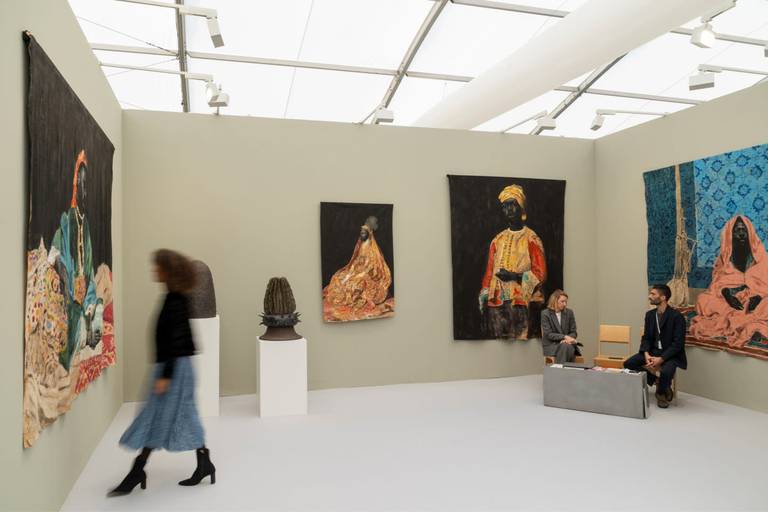
What examples can you share regarding successful collaboration between art and its adjacent industries?
In 2022, we worked with Saint Laurent to bring the exhibition of photographs from the re-release of Madonna’s 1992 “Sex” book to the Miami Beach oceanfront, accompanied by a variety of events, including an opening night with Madonna in attendance. It was the second year of our partnership with the brand and the directive came from Anthony Vaccarello himself. He wanted to make an impact in the space — to use the show as an outlet for his creativity.
The signifier of a great event is the combined power of many cultural players and industries coming together, creating a multiplier effect. It helps to diversify the audience and reach new consumers. Executing something like this at Art Basel can also help amplify attention as a wider cultural momentum is already underway.
Art fairs can act as a guide or conduit between brands and end consumers. Brand activations become a core part of the show programming.
Last year, we collaborated with Macallan whisky to bring an ambitious project to Collins Park in Miami Beach. It featured a music performance by James Blake, with dancers from the New York City Ballet and a responsive art projection behind the stage — all within an immersive environment. The project received major media attention and social engagement with many crediting it as a highlight of the week — it shows that brand activations can become a core part of the show programming.
What role could art fairs play in helping brands capture the attention of consumers?
I believe art fairs act as a conduit between brands and consumers. We make introductions and give insight into a new field with which a partner may be unfamiliar. The art world already has the attention of a discerning audience, which brands can benefit from, provided that they enter the space authentically.
There’s also the sheer amount of footfall at our shows — approximately 80,000 people across five days, in addition to thousands of media outlets and influencers who attend to cover the event. It would be challenging to hold an activation in another physical location and deliver that volume of traffic — particularly with such an engaged audience. Our role is to act as an aggregator on a global stage, welcoming these varied demographics together and capturing their attention.
What excites you most about partnerships between the art and luxury sectors over the medium term?
While we are established as a major event for Modern and contemporary art globally, it is interesting to consider how the Art Basel brand — through a physical presence or digital channels — can expand and grow. We are thinking about how to leverage the power of our brand to grow increasingly active year-round. We are considering what new formats, collaborations and activations in new markets and smaller cities could be possible.
The bar is already high when you think of standards in the luxury experience field, so I am inspired to see more new ideas and approaches. There is a saying that “there is nothing new under the sun,” but I have a feeling in 2024 this will be proven untrue.
This is a sponsored feature paid for by Art Basel as part of a BoF partnership.
